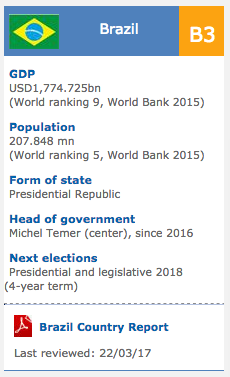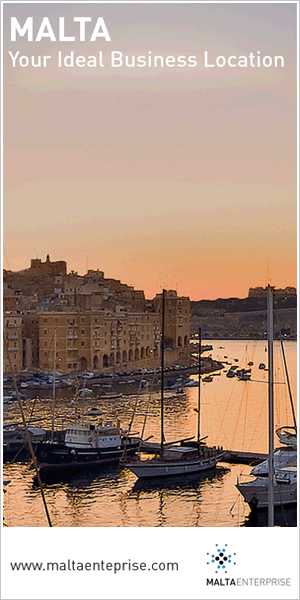Montenegro: Montenegro Art / Culture Profile 2012
2012/03/20
Montenegro Art / Culture Profile 2012
Oro
A dance of ethnic Montenegrins and Montenegrin Serbs is called the Oro, with the forms being the Crmnički Oro, Zetsko Oro, Katunski Oro and the Riječki Oro.
It is as much a communal gathering and a game as it is a dance in the strictest sense. Typically, young men and women would gather and form a circle (kolo), then start to sing, usually in form of playfully mocking someone from the other side and daring them to enter the circle to dance. One of the more daring young men would then enter the circle and start to dance in a stylistic imitation of an Eagle. The aim here is to impress, just like in any modern disco club. The gallery crowd will immediately respond with a "feedback" song, either praising or ridiculing him.
Soon, a girl would join, quite often his girlfriend or possibly someone attracted by his display. She would also imitate an Eagle, but in a more elegant way. The gallery also keeps up. When the couple gets tired, they kiss each other on the cheek and another couple jumps in to keep the kolo going, while the singing of the surrounding crowd never stops.
Usually the young lads finish oro by forming a two-story circle, standing on one other's shoulders, inside the greater circle and this is the scene that is the most recognisable and most often photographed part of the dance.
Musical instruments are never part of the true Oro.
Cuisine
The traditional dishes of Montenegro's heartland and its Adriatic coast have a distinctively Italian flavour which shows in the bread-making style, the way meat is cured and dried, cheesemaking, wine and spirits, the soup and stew making style, polenta, stuffed capsicums, meatballs, priganice, japraci, Raštan, etc..
The second large influence came from the Levant and Turkey, lately largely via Serbia: sarma, musaka, pilav, pita, burek, Ćevapi, kebab, Turkish sweets like baklava and tulumba etc.
Hungarian dishes goulash, satarash, djuvech are also very common.
Last but not least, continental Europe made its mark mostly in the desserts department. crêpes, doughnuts, jams, myriad types of biscuits and cakes, all make a contribution to the average Montenegrin's waist-line. Vienna-style bread is the most prevalent type of bread in the shops.
Montenegrin cuisine also varies geographically; the cuisine in the coastal area differs from the one in the northern highland region. The coastal area is traditionally a representative of Mediterranean cuisine, with seafood being a common dish.
Architecture
Montenegro has a number of significant cultural and historical sites, including heritage sites from the pre-Romanesque, Gothic and Baroque periods. The Montenegrin coastal region is especially well known for its religious monuments, including the Cathedral of Saint Tryphon, the basilica of St. Luke (over 800 years), Our Lady of the Rock (Škrpjela), the Savina Monastery and others. The Byzantine influence in architecture and in religious artwork is especially apparent in the country's interior. The ancient city of Kotor is listed on the UNESCO World Heritage list.
Literature
The first literary works written in the region are ten centuries old, and the first Montenegrin book was printed five hundreds years ago. The first state-owned printing press (Printing House of Crnojevići) was located in Cetinje in 1494, where the first South Slavic book was printed the same year (Oktoih). A number of medieval manuscripts, dating from the 13th century, are kept in the Montenegrin monasteries.
On the substratum of traditional oral folk epic poetry, authors like Petar II Petrović Njegoš have created their own expression. His epic Gorski Vijenac (The Mountain Wreath), written in the Montenegrin vernacular, presents the central point of the Montenegrin culture, for many surpassing in importance even the bible.
Music
The art of music have been relatively neglected, especially compared to the literature and visual arts. Nevertheless, 20th century produced few outstanding composers and interpreters. Specialised Musical High Schools in Kotor and Titograd were the pillars of the classical music education, the latter being upgraded to the rank of Academy in the last decade of 20th century. Particular attention is given to Choir and Chamber music. In addition, a professional orchestra is maintained by a national TV in Podgorica.
Performing Arts
Theatre
Montenegrin National Theatre in Podgorica is the only professional theatre and along with the Faculty of Drama, located in Cetinje is responsible for the lion share of the theatre production in the country. During Summer months, City Theatre in Budva takes precedence as a stage for performers coming from all corners of former Yugoslavia and the world.
Film
Considering its population of about 600 000 people, Montenegrins have given to Yugoslavia and the world quite a number of outstanding film Directors and actors including Dušan Vukotić, the first Yugoslav Oscar winner, for the short animated film category in 1961. Veljko Bulajić and Živko Nikolić.
- Montenegro News
-
- AFGHANISTAN: UNWTO: International tourism – strongest half-year results since 2010
- ALBANIA: US LNG exports make European market more competitive
- MONTENEGRO: Go West, VP Pence tells Balkan leaders
- AFGHANISTAN: Higher earning Why a university degree is worth more in some countries than others
- ALBANIA: Europe in 2016: Terror fears, migration, politics. But economy may turn a corner
- AFGHANISTAN: Global growth will be disappointing in 2016: IMF's Lagarde
- Trending Articles
-
- ANGOLA: Submarine cable deployed in Angola to link Africa to South America
- NIGERIA: The Security and Exchange Commission approves the 40th Annual General Meeting of Oando PLC
- BOTSWANA: Why governments need to support the financial sector to meet the unserved needs of smallholder farmers
- NIGERIA: Nigeria has been one of the hardest-hit economies due to its over-dependence on oil
- NIGERIA: Dangote signs $450million jumbo sugar production agreement with Niger state
- BOTSWANA: Africa: U.S. State Department To Get Experienced Diplomat in Key Africa Post












